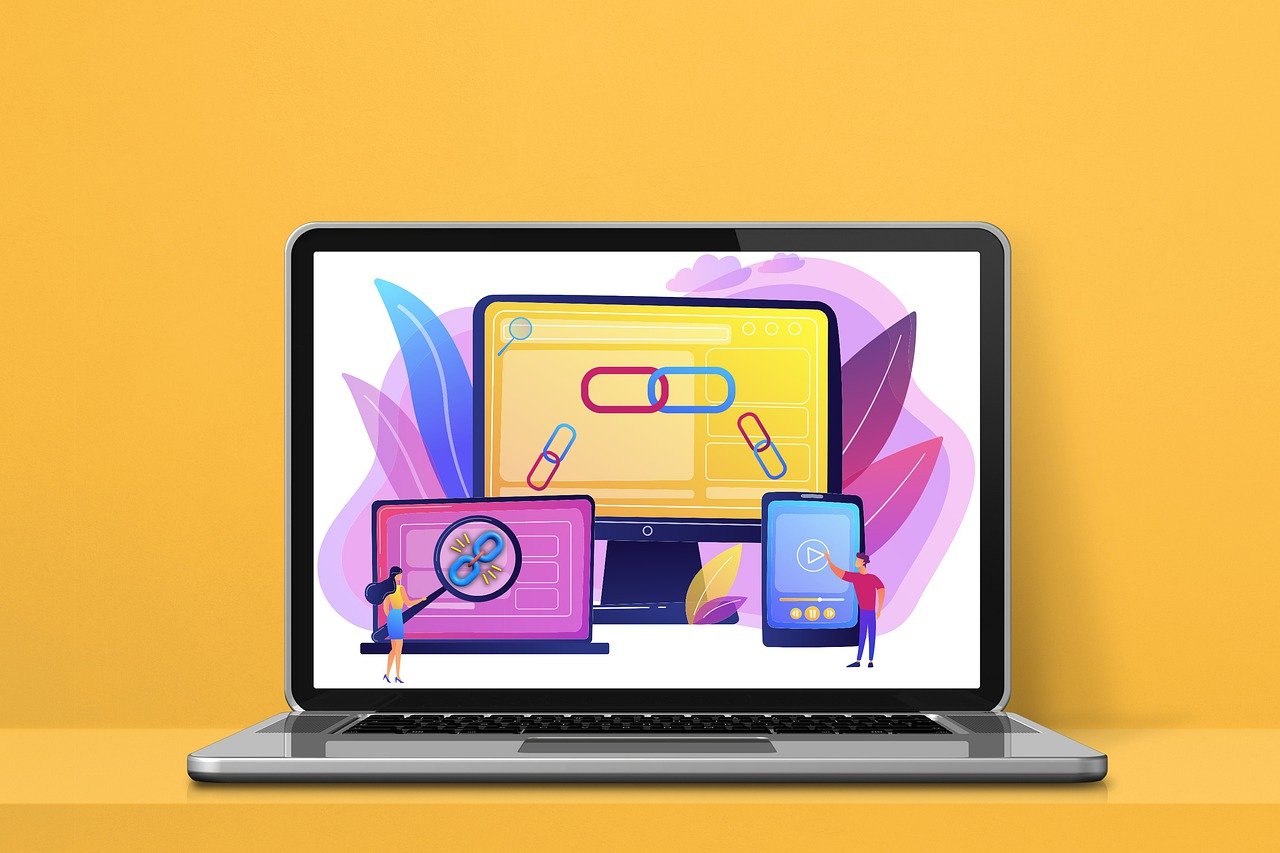How to Optimize Your Content for Readers Who Skim
People want answers – and they want them fast. When Google introduced answer boxes the already short attention span of the average search user got even shorter. They can now get their answer without even clicking on a result....

People want answers – and they want them fast.
When Google introduced answer boxes the already short attention span of the average search user got even shorter. They can now get their answer without even clicking on a result.
But it wasn’t Google who made us all look for shortcuts. Google simply responded to a pre-existing need of getting fast answers.
43% of users surveyed by HubSpot admit to skimming blog posts. 55% of users spend 15 seconds or less on a blog post.
Are you still here?
Good!
This means that you fall within the minority who’s in it for the relatively long run. But don’t worry – I won’t bore you.
I’ll show you how to optimize your content for everyone – skimmers and people who are willing to stick with a piece of content for more than a minute.
How to Optimize Your Blog Content for People in a Hurry, Skimmers, and Everyone Else
While there are still people out there who have the time and the willingness to read for more than one minute, easy-to-skim content will be more appealing to them too, not just to the quick answer seekers. Like it or not, it is the era of speed and UX, so people expect a great experience on your website.
However big their appetite for reading, it doesn’t mean that you should force them to squint at every line or that you shouldn’t offer the possibility to skip some of the text and easily get to what they need. Here’s how to do that:
1. Use Subheadings and Make Them Relevant
Like this one. And the one above it. Ideally, use H2, H3, H4 and so on to show the connections between the subheadings. More importantly, keep the text under a subheading below 300 words. If you need more to explain the point, you may also need additional headings.
For this particular article, my goal is to summarize each of the ways to make your content skimmable in one subheading. This way, if you’re in a hurry, you can just read the subheadings and get the gist. You can come back later for a more in-depth read if you need it.
2. Keep Paragraphs Short and Sweet
Gabriel Garcia Marquez didn’t do that. The Autumn of the Patriarch is impossible to skim because it is one long paragraph, occasionally broken into chapters.
But you’re not Garcia Marquez and a blog post is not a novel. So keep each of your paragraphs as short as possible. For some readers, five lines can be too much.
One line is sometimes enough, especially if you’re trying to make a point.
Remember that some people are reading your blog from a mobile device. What seems like a decent paragraph on a desktop looks like an unapproachable wall of text on a phone.
This is even more important if you’re writing on a technical subject. Cybersecurity content writing, for instance, is usually hard enough to digest. If you cram your knowledge into walls of text, you will lose the reader for good.
3. Highlight Important Concepts and Points
Remember your middle school textbooks? Most likely they had the important points highlighted in some way. Borrow a page from those textbooks, even if you’re writing for adults.
You can use bold, italics, different colors, and so on. Your goal here is to make the important parts pop. However, don’t overdo it. You don’t want your blog post to end up like a piñata that’s been hit by overzealous kids who really need their sugar.
4. Use Bullet Points Whenever You Can
If you have three or more items on a list, you have a wonderful opportunity to add bullet points. They are a great way to break down the text and to offer a bit of rhythm.
5. Add Graphic Elements
Ideally, for every 300-500 words of text you should have a photo, a video, or a GIF to break down the monotony. But don’t force it.
If your blog post isn’t overly long (for instance, if it’s under 1,000 words), it’s better to leave it without any graphical elements than to add things that are completely irrelevant. As always, relevance comes before anything else.
6. Include Takeaways and Summaries for Longer Sections
One or two phrases that summarize a longer section are ideal to keep skimmers engaged – just like your textbooks used to do. Include the concepts and key information that you would write down if you were in school and that’s it.
Ideally, someone who only reads those takeaways should be able to understand what your blog post is about and should be left with some valuable information.
Conclusion
Everyone skims blog posts. I do it frequently. And I love it when a writer is thoughtful enough to include all of the things above so that I can quickly get to that one part that I am truly interested in.
I know – it’s a bit sad that very few people are willing to read every word your write. After all, you’ve really worked for all of them, not just for the ones in subheadings and in bold. But you won’t be able to change reading habits.
You are able, however, to retain users for longer with content that is engaging and easy to read.
Need help with content writing that’s easy to read, engaging, and high-converting? Get in touch with my team of expert writers!

 Tekef
Tekef 































